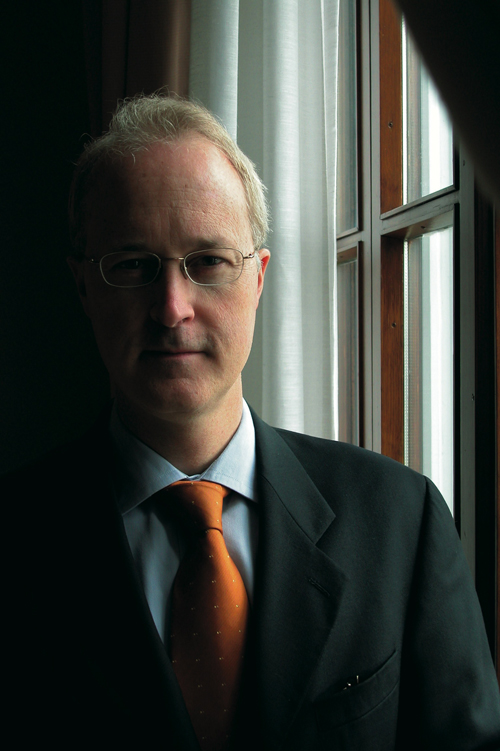 Madeira – the island – has a dramatic beauty, one that is varied, uncrowded and rare. Think of a more temperate Atlantic Hawaii.
Madeira – the island – has a dramatic beauty, one that is varied, uncrowded and rare. Think of a more temperate Atlantic Hawaii.
You could use all the same descriptors for its magical wines, grown on this tiny island in the middle of the ocean, 1,000 kilometers from Lisbon, 800 from Casablanca.
After five days in Funchal I could prattle on for hours about the amazing old Sercial, Verdelho, Terrantez, Bual, and Malmseys I tried. Terrantez gives me goose bumps because the fickle, low-yielding, and marvelous grape has virtually disappeared there as a living vine. Once the old stocks are gone it’s kaput.
But that would be pointless. There is already lots of informative, even lyrical commentary out there on the subject. If you want to read something great, check out a piece Neal Martin wrote in 2010.
Almost unheralded, however, is the recent appearance of a few really good Madeira table wines – and I really got into them this time.
The most convincing are whites made with Verdelho (source of the semi-dry fortified Madeira of the same name, and not the same grape as Spain’s Verdejo). A lot of this is grown on precarious, tiny, craggy, terraced micro-plots on the sides of mountains in the northern part of the island. Fermented out as table wines, some blew my mind.
Terras do Avo 2010 “Grande Escolha” has a hauntingly attractive taste and mouthfeel I can’t stop thinking about. Bracing acidity, bright tropical fruit, and intense minerality, all come together in a very distinctive wine with a long and, sort of amazingly, creamy finish.
It had elegance, balance, and flavors that reminded me of good white Bordeaux (although this Verdelho didn’t see any wood), with a few tropical notes I associate more with New Zealand.
It all makes sense when you think about it. High-grown fruit, intensely granitic soil, well drained soil, warm but not broiling summer days, good temperature variance at night, careful manual harvesting and selection.
It is a fascinating and delicious new tack for Madeira viticulture. I hope it is sustainable. Portugal abounds in increasingly sophisticated, great-value reds and whites. (I had a 2009 Quinta do Vallado reserve, from the Douro, with dinner in Lisbon last night. It was made from low-yielding 80-year-old vines, and had great finesse – rich and dark in color, with concentrated plum and fig flavors, and a long, complex finish; it embodies the sophistication, balance, and price-friendliness I find more and more in Douros.) It isn’t clear whether Madeira table wine will find an easy niche in that line-up. I hope it works.
Most of the Madeira reds I had were from very young vines – often blends of Portuguese grapes like Touriga Nacional and French varieties like Merlot and Syrah. Some were interesting, but none had the charm of the best whites. It was interesting and encouraging that staff at restaurants seemed generally well versed on the basics of these newcomers, and they had a foothold on lists, even if they were pricier than many mainland offerings.
Of course, there is no question about what the stars in Madeira are: the range of serious fortified wines that have been seducing people for three centuries. You can taste them, even many older ones, at some of the main houses such as Henriques and Henriques in Camara de Lobos or Blandy’s Old Madeira Wine Company in Funchal. At the last one, kudos to an extremely charming and knowledgeable young lady, Diana Rincon, who expertly walked my friends who were first time visitors through two centuries of amazing wines.
I hope I can keep getting them. I couldn’t help being stuck by how amazingly well these wines would pair with so many Asian dishes. So much of what stands out – the complexity in the caramelized sugars, sturdy body, sharp acidity, flavors of lime zest, lemon, cacao, notes of fruits like pineapple and lychee, all so common in the Sercials and Verdelhos – make these a natural for a lot of Su, Xiang, and Chuan dishes, in particular.
It’s an intimidating thought to a Madeira-lover who contemplates how small the production and stocks of these wines are – far rarer than first growth Bordeaux or even DRC.
William McIlhenny is associate publisher of JamesSuckling. A former American diplomat and member of the Secretary of State’s Policy Planning Staff, held a number of assignments in Europe and Latin America. He works in Washington, D.C.
